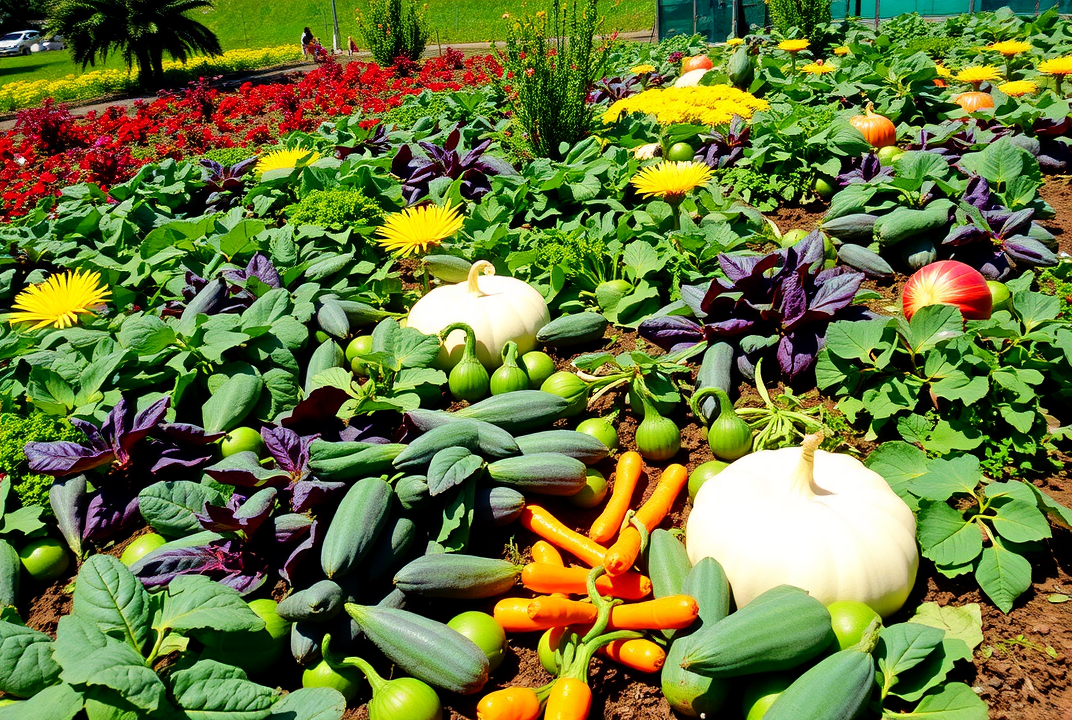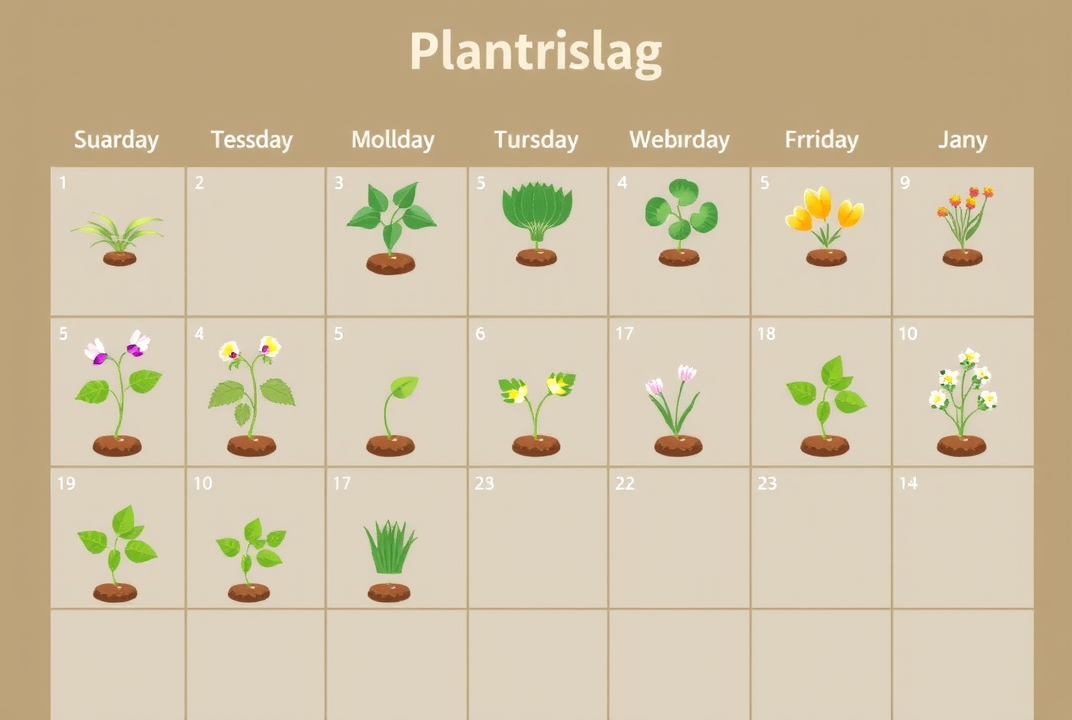Maximize Your Harvest: How to Use Seasonal Planting Guides

Introduction
Have you ever wondered why your garden produces more vegetables during certain months? This isn’t magic; it’s the science of seasonal planting. Knowing when to plant specific crops can significantly boost your harvest yield, using nature's timing to your advantage. By integrating seasonal planting guides into your gardening practices, you can achieve optimal results with less effort.
In this article, we will explore how to make the best use of seasonal planting guides to maximize yield. We will cover everything from understanding what seasonal planting is all about, to practical steps that can be effortlessly integrated into your gardening routine. Expect to learn about different climates, planting calendars, and expert tips that will make your garden flourish.
Understanding Seasonal Planting
Seasonal planting isn’t just a guideline; it’s about synchronizing your planting schedule with nature's cycles. This practice involves understanding your specific climate and recognizing which plants thrive in particular conditions.
What Are Seasonal Planting Guides?
Seasonal planting guides are schedules or calendars that denote the ideal planting times for various crops, customized to specific climate zones. These guides account for temperature patterns, sunlight availability, and precipitation levels.

By following these schedules, gardeners can align planting and harvesting activities with the natural growing cycle of plants.
The Importance of Climate and Zone Knowledge
Knowing your climate zone is crucial. For example, tomatoes thrive in warmer climates, whereas lettuce prefers cooler conditions.
How to Determine Your Climate Zone
Most countries provide zone maps which divide regions based on average annual minimum temperature. Online resources, such as gardening websites or agricultural extensions, can provide these maps and guides.
Once identified, this knowledge helps in choosing the right crops for your garden, minimizing the risk of plant stress due to incompatible conditions.
Using Planting Calendars Effectively
Planting calendars are a gardener’s best friend. They provide specific timelines for sowing seeds, transplanting, and harvesting, making planning a breeze.
Steps to Using a Planting Calendar:
-
Find Your Zone: Identify your climate zone using a reliable online map or guide.
-
Choose the Right Calendar: Look for a planting calendar specifically designed for your zone and crop type.
-
Plan Ahead: Note the recommended planting and harvesting times for each plant.
-
Monitor Weather Closely: Task yourself with checking weather forecasts regularly to adjust timelines accordingly.
Adhering to these steps ensures your plants receive the conditions they need to thrive.
Crop Rotation and Its Benefits
Crop rotation is a valuable practice to accompany seasonal planting. It helps improve soil health and reduce disease outbreaks by changing the types of crops grown in each location over time.
Implementing Crop Rotation:
-
Classify Crops: Group crops into families such as legumes, brassicas, and root vegetables.
-
Rotate Annually: Reposition each group annually to avoid repeated planting in the same spot.
This approach mitigates pest and disease buildup, improving yield over time.
Expert Tips for Maximizing Yield
Experts emphasize patience and observation as key skills.
-
Use Companion Planting: Planting certain crops together can enhance growth, deter pests, and improve soil health.
-
Maintain Soil Quality: Regularly incorporate organic matter through mulching and composting to enrich the soil.
-
Consider Weather Patterns: Observe local weather patterns to make informed decisions on planting times and water management.
Conclusion
To maximize yield in your garden, understanding and leveraging seasonal planting guides is essential. By synchronizing planting times with climate conditions and practicing strategic planning such as crop rotation, you can ensure bountiful harvests year after year.
What's your next step? Begin by identifying your climate zone and select a suitable seasonal planting guide. Implement these practical gardening techniques and witness a transformation in your garden productivity.
With this knowledge in hand, you are well-equipped to take on the rewarding challenge of enhancing your gardening experience while increasing your yields sustainably.